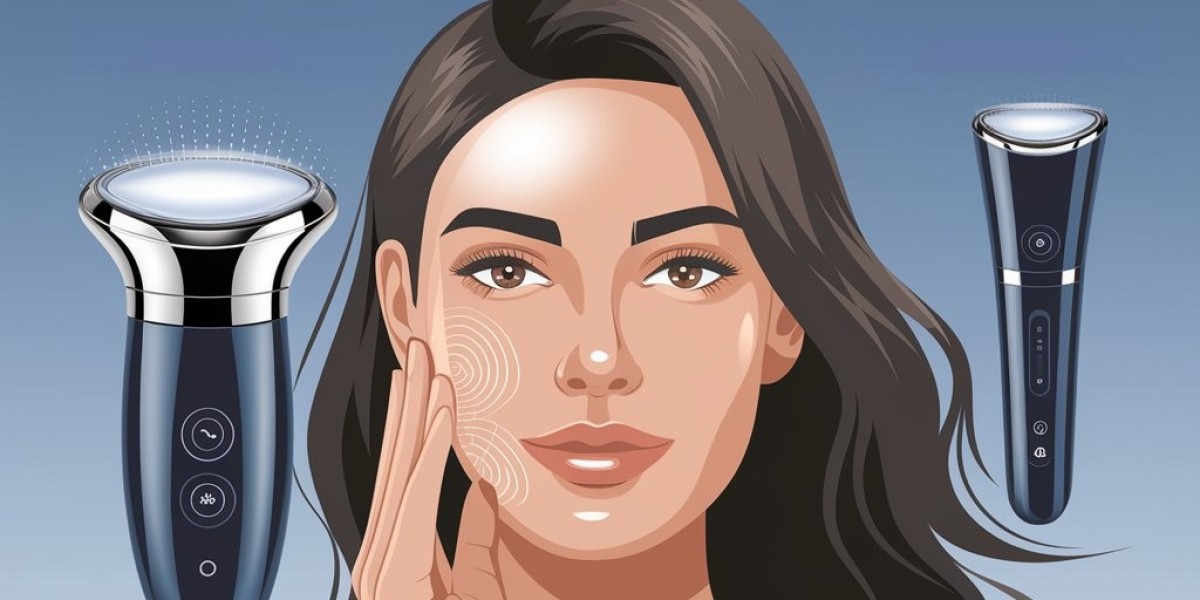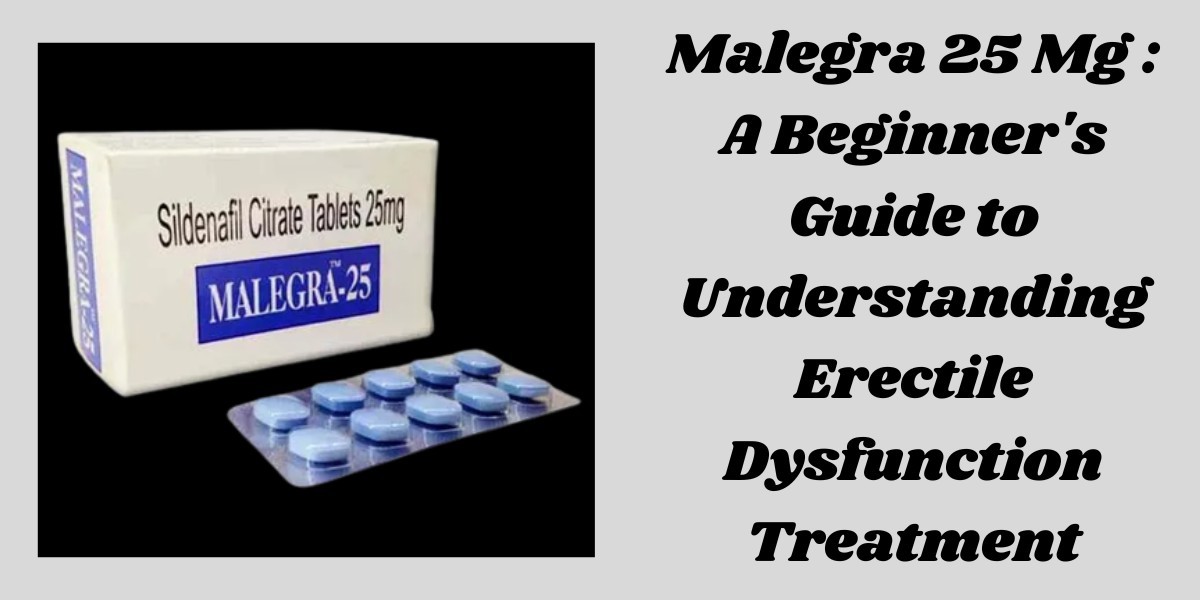Measuring for compression socks is essential to ensure they fit properly and provide the right level of support. Here’s a step-by-step guide on how to measure your legs for the best fit:
What You Need
- A soft, flexible measuring tape (tailor’s tape)
- A chair or a place to sit
- A notebook to record measurements
Steps for Measuring
Measure Early in the Morning: Your legs tend to swell throughout the day, so measuring first thing in the morning gives you the most accurate sizing.
Measure the Ankle (Circumference):
- Start by measuring the narrowest part of your ankle, right above the ankle bone.
- This is typically the smallest part of your leg, and it’s crucial for compression sock fit.
- Write down this measurement.
Measure the Calf (Circumference):
- Find the widest part of your calf and wrap the tape measure around it.
- Ensure the tape is snug but not too tight. Record the circumference of the widest point.
Measure the Calf Height (Length):
- Sit down and measure from the bottom of your heel (where the foot meets the leg) to the bend of your knee.
- This measurement determines the length of the sock, especially for knee-high compression socks.
- Write down this measurement to ensure the socks will comfortably reach below the knee without being too long or too short.
Optional Measurements for Thigh-High or Full-Length Compression Socks:
- Thigh Measurement: If you’re getting thigh-high compression socks, measure the circumference of your thigh at the widest point.
- Leg Length: Measure from the bottom of your foot to the top of your thigh for full-length socks.
Choosing the Right Compression Level
- Compression socks come in different pressure levels, measured in mmHg (millimeters of mercury):
- 8-15 mmHg: Light support for mild swelling or prevention during travel.
- 15-20 mmHg: Mild compression for daily wear, mild swelling, or tired legs.
- 20-30 mmHg: Moderate compression for varicose veins, post-surgery, or more significant swelling.
- 30-40 mmHg: Firm compression for severe conditions like lymphedema or deep vein thrombosis (DVT), often prescribed by a doctor.
Final Tips:
- Consult Sizing Charts: Most brands have their own sizing charts based on your measurements, so be sure to check their guidelines before purchasing.
- Double-Check Fit: Your compression socks should feel snug but not painfully tight. If they’re difficult to put on or uncomfortable, you might need to recheck your size or opt for a different compression level.
Would you be wearing compression socks for flying, daily use, or a specific medical condition?



